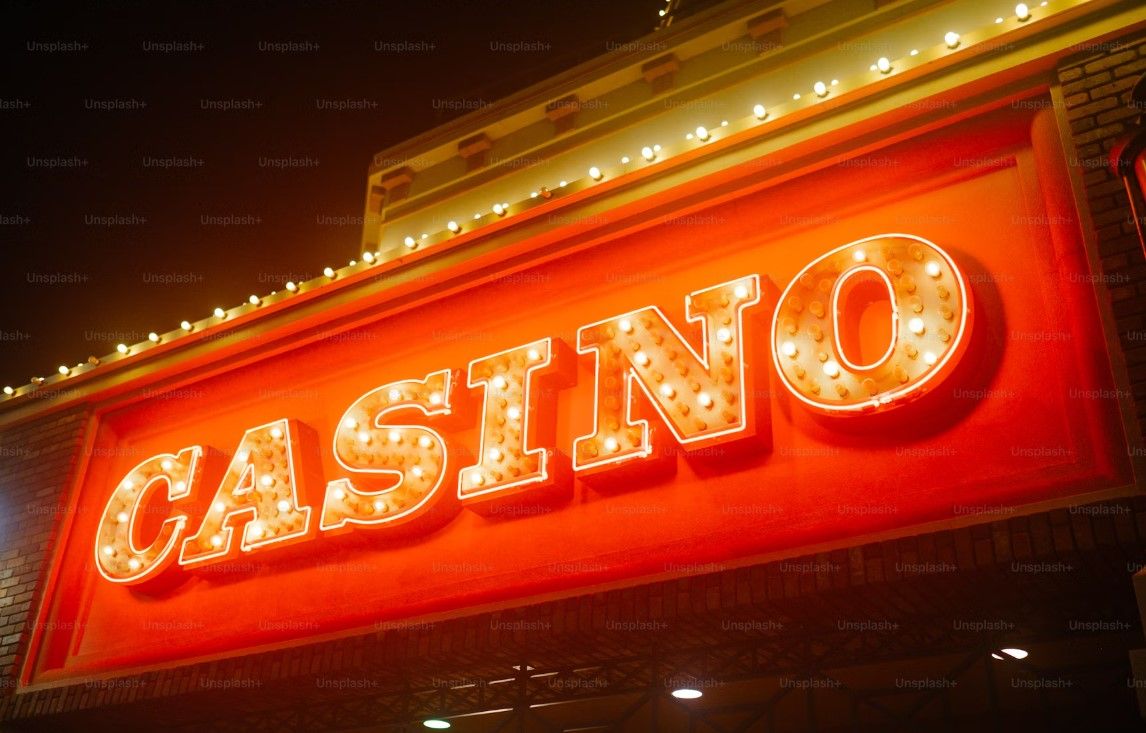
In a vibrant and stimulating world of casinos, where luck and tactics intertwine, color and aesthetic play a pivotal role in attracting players. As soon as players step into a casino or log into a gaming website, they are enveloped in a visual feast that grabs their attention and entices them to explore further. Vivid colors, captivating graphics, and innovative layouts are carefully crafted to create an atmosphere of excitement and expectation, ultimately enhancing the gaming encounter.
As gamblers move through the ever-changing landscape of casino games, they come across a range of designs that not only serve visual purposes but also influence emotions and decision-making. Hues like red and gold symbolize riches and luck, while calm blues and emeralds can create a more tranquil environment. Grasping how these elements function together enables casinos to create an inviting and stimulating atmosphere that encourages players to interact with the games, invest additional time at the tables, and increase their overall enjoyment.
The Psychology of Hue in Gambling Games
Tint plays a key role in the development of gaming experiences, affecting player emotions and responses. Bright and striking colors, such as crimson and amber, are often used to stimulate excitement and draw focus. These shades create a sense of pressure and energy, encouraging participants to participate more eagerly with the game. By intentionally selecting tints, creators aim to inspire emotions of satisfaction and excitement, which can enhance the overall game experience.
Different hues also have psychological connotations that can impact how players perceive their odds of victory. For example, lime is frequently associated with luck and wealth, making it a popular choice in activities like the roulette wheel and poker games. This association can lead players to feel more positive and assured in their gaming, ultimately encouraging them to stake more. Understanding these associations allows game designers to design environments that enhance player enjoyment and engagement.
Furthermore, the interface of gambling game interfaces often uses gradients and contrasting colors to instruct players’ actions. For case, winning combinations may be emphasized with vivid, contrasting shades, creating a visual incentive. This approach supports successful results and promotes repeated gameplay. By leveraging the psychology of color, casinos can create games that not only draw players but also keep them interested and dedicated in their gaming experience.
Creative Elements that Attract Gamers
The aesthetic appeal of gambling games is largely influenced by the implementation of bold colors. Bright and striking colors are deliberately chosen to create an inviting atmosphere that grabs attention. For instance, crimson and golden hues often signify good fortune and wealth, which is why they are prevalent in the palettes of gaming machines and game surfaces. These colors not only attract players in, but they also evoke emotions associated with thrill and anticipation, enhancing the total gaming experience.
In parallel to color, the aesthetic and organization of gambling games play a significant role in captivating players. Games are designed to be user-friendly, ensuring that players can easily understand the rules and gameplay. Accessible interfaces, along with captivating graphics and motion, help maintain gamer interest and encourage longer play sessions. The tactile elements, such as the texture of the buttons and the sounds of the games, also contribute to a holistic sensory experience that keeps players immersed.
Finally, thematic elements in gaming design can greatly influence player choice. Many casino games are inspired by popular culture, myths, or adventure themes, featuring symbols and characters that resonate with players. These themes create a sense of engagement and connection, making each game feel unique. When players feel a bond to the theme, they are more likely to opt for that game over others, leading to higher participation and excitement within the casino environment. 77win rút tiền 77win
Case Studies: Successful Casino Game Designs
One noteworthy example of effective gambling game design is the popular slot machine series based around hit movies. Games such as those based on the The Wizard of Oz and Game of thrones utilize bright colors and high-quality graphics to enthrall players in well-known narratives. The use of dynamic visuals and engaging sound effects grabs the interest of players, establishing an affective connection to the theme. This strategy not only encourages longer play but also enhances the overall gaming experience, leading to increased player retention.
Another successful case is the application of color in table games like blackjack and roulette. Casinos often develop these games with dark reds and greens, colors traditionally linked with luck and wealth. For instance, the green felt on a blackjack table provides a soothing effect, while the crimson accents in roulette invite thrill. This deliberate use of color helps to establish an inviting atmosphere that motivates players to join in, fulfilling their psychological impulses and enhancing their enjoyment.
Finally, online casino games that include community features and vivid, colorful designs have seen remarkable success in engaging players. Games like Zynga Poker and Slotomania leverage striking colors and playful animations to create an inviting online environment. The addition of leaderboards, community sharing options, and in-app rewards fosters competition and community, pulling players in for longer sessions. Such designs not only make the games visually enticing but also emphasize social connectivity, a vital factor in player retention and engagement within online casino environments.
